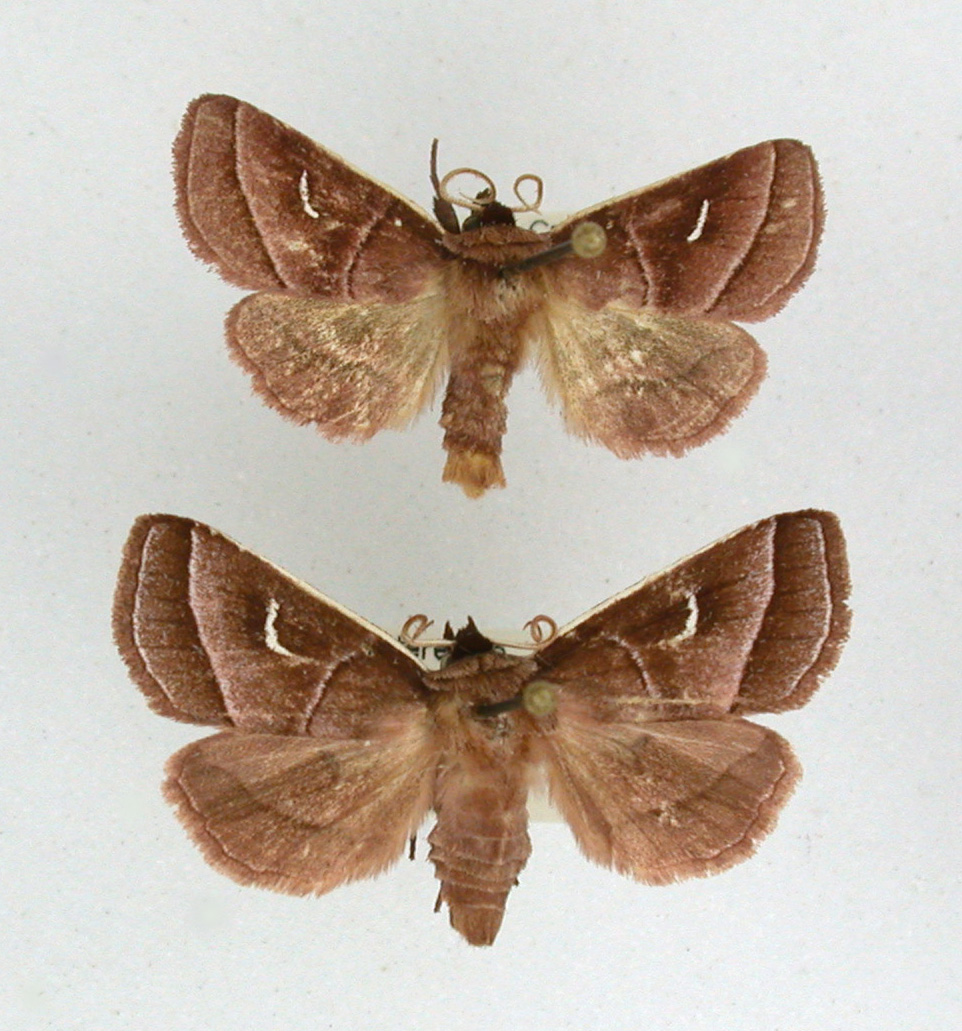« |
Home |  » » |
| View PDF | Noctuidae Members: | Fagitana Members: | 48 NC Records |
|---|
Fagitana littera (Guenée, 1852) - Marsh Fern Moth |
 view caption |
Photo Gallery for Fagitana littera - Marsh Fern Moth | Photos: 6 |
| Moths of North Carolina |
« |
Home |  » » |
| View PDF | Noctuidae Members: | Fagitana Members: | 48 NC Records |
|---|
Fagitana littera (Guenée, 1852) - Marsh Fern Moth |
 view caption |
Photo Gallery for Fagitana littera - Marsh Fern Moth | Photos: 6 |